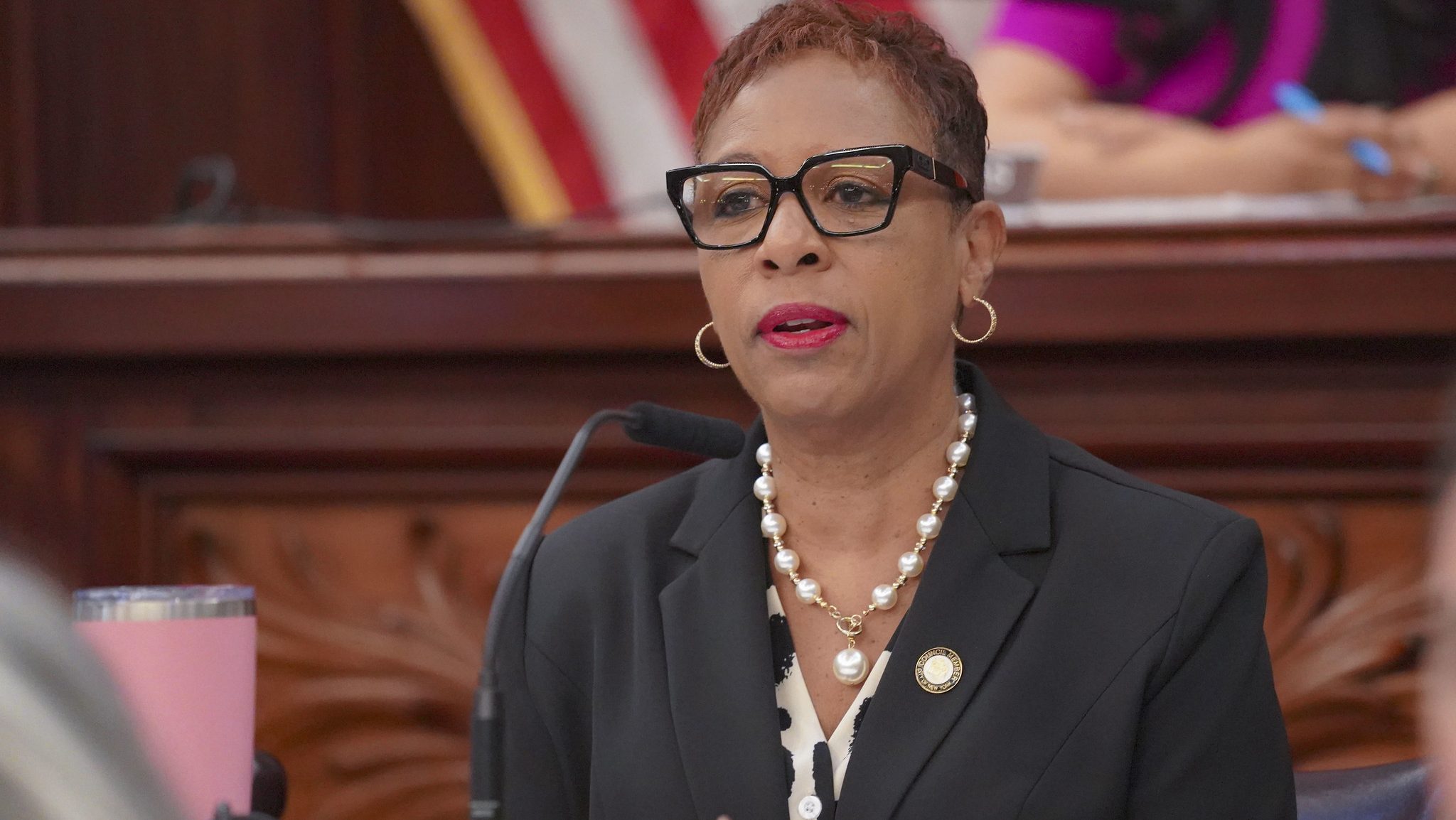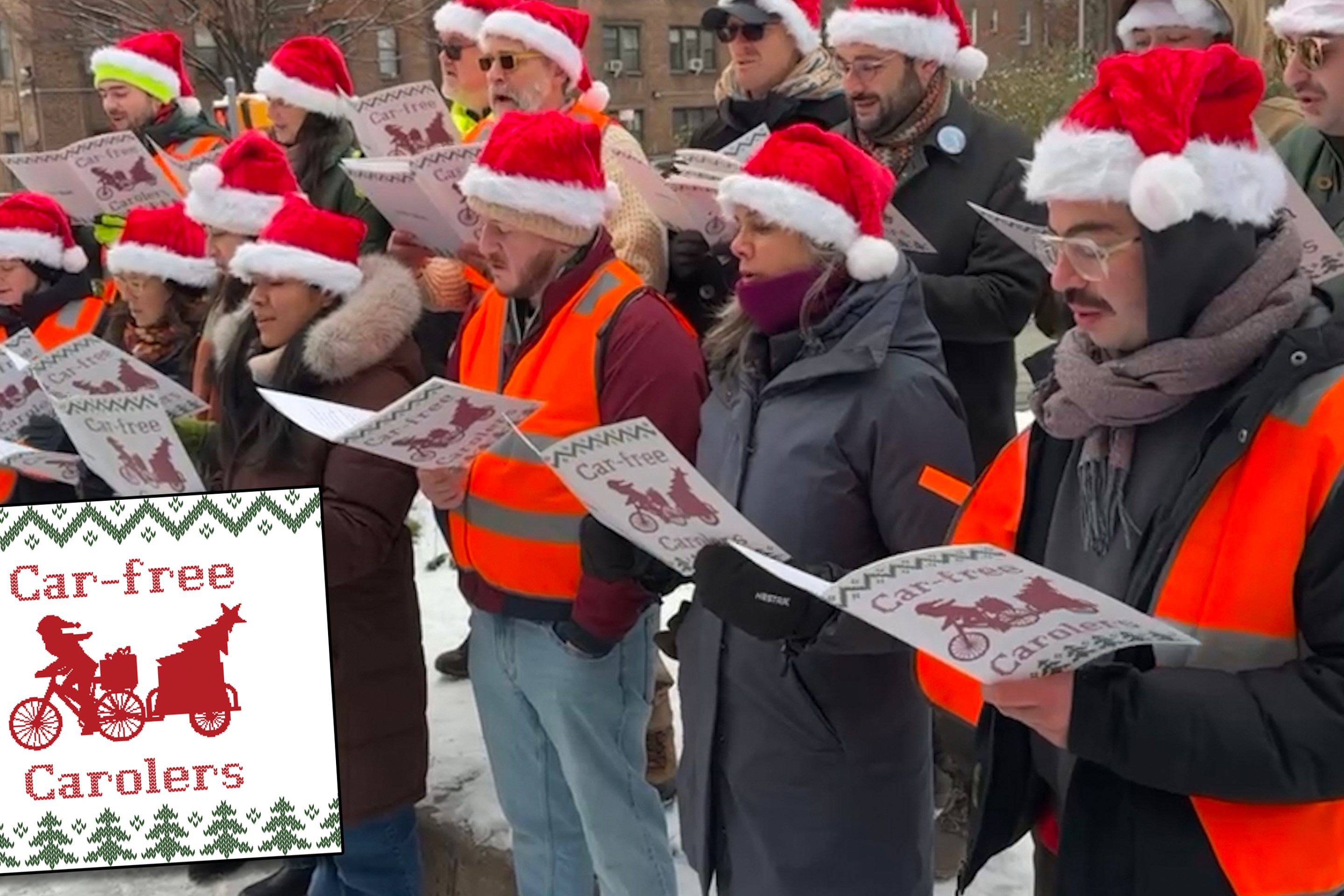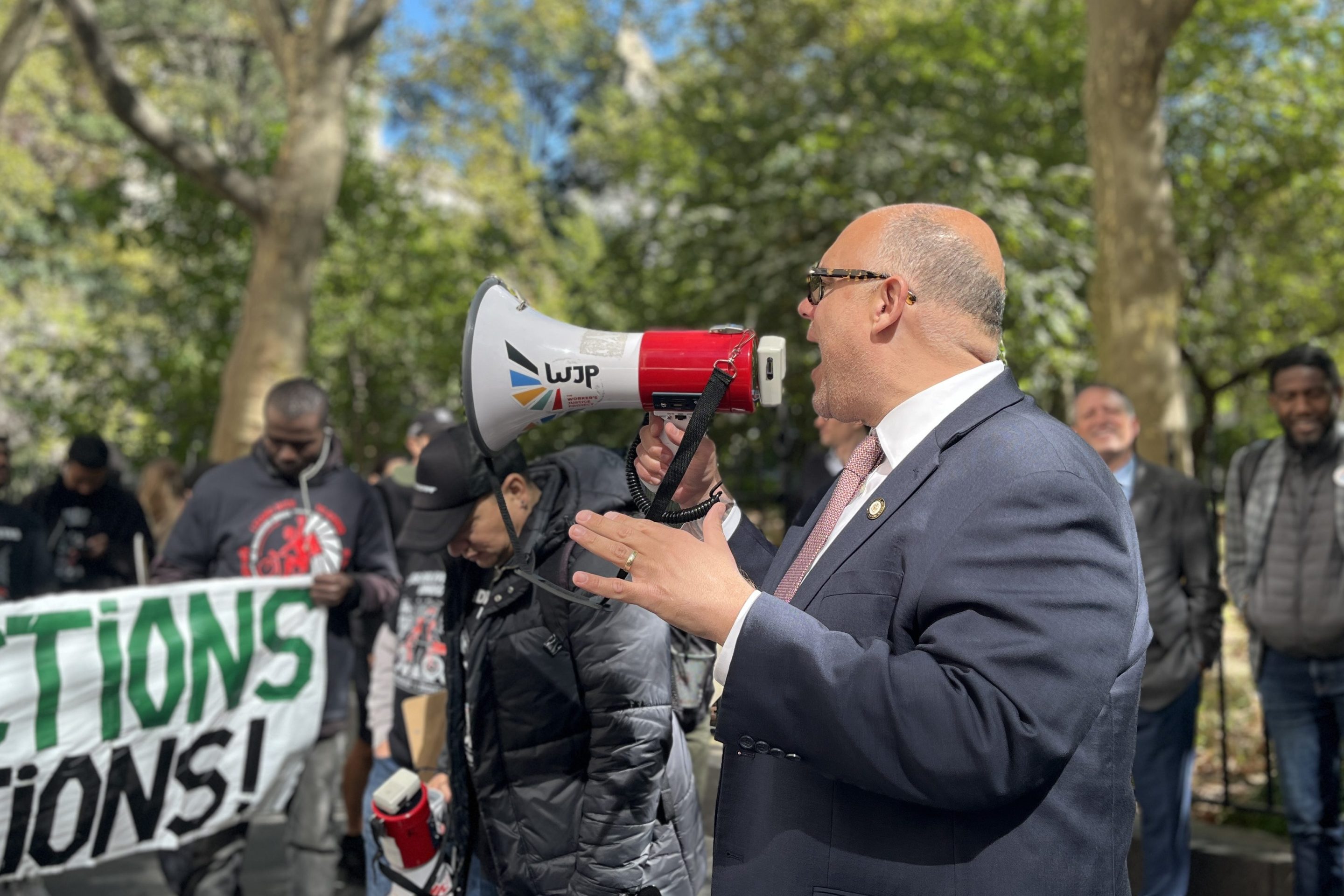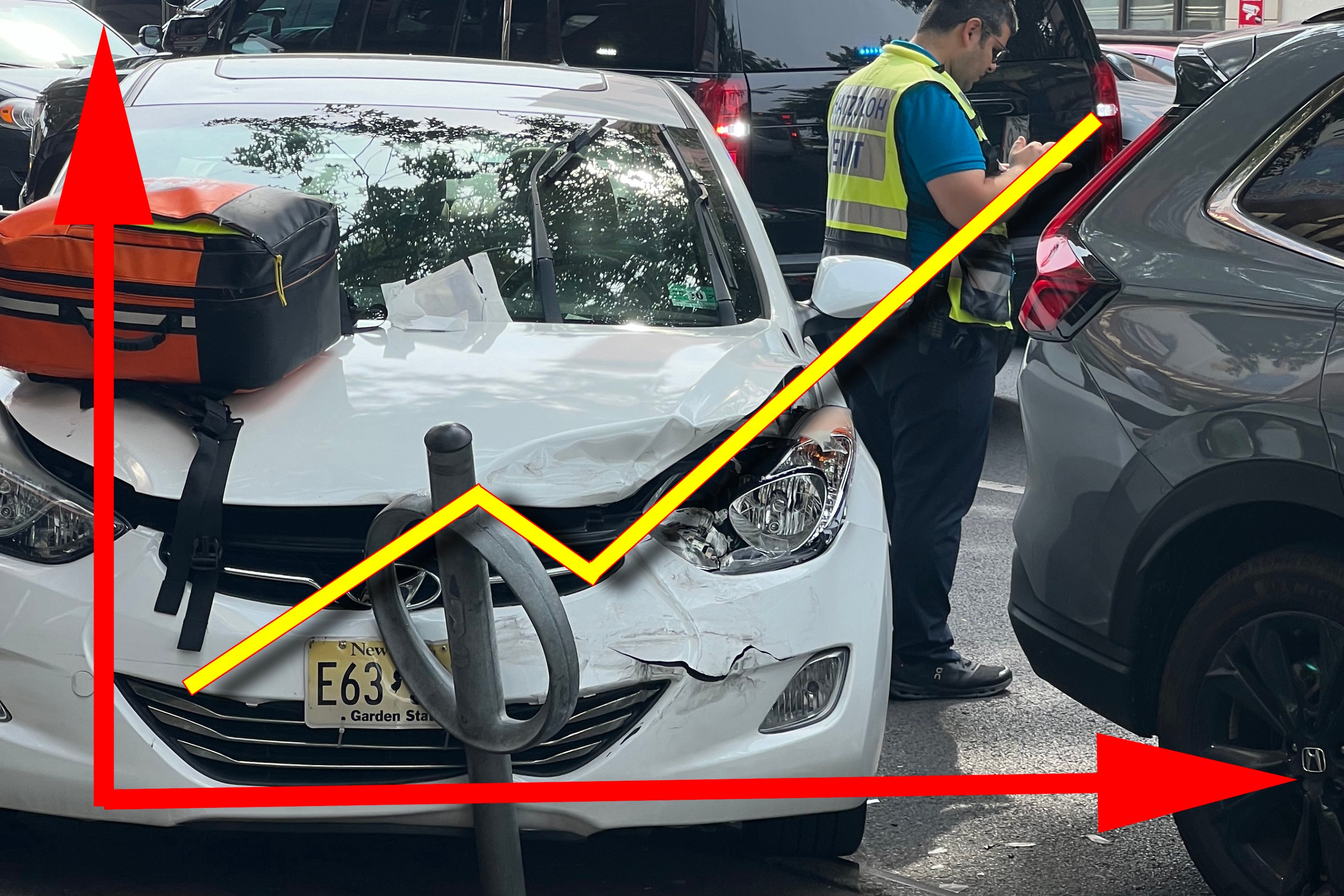Efforts to improve safety along Atlantic Avenue are moving ahead as advocates gain support and the Department of City Planning continues its study of the dangerous arterial street.
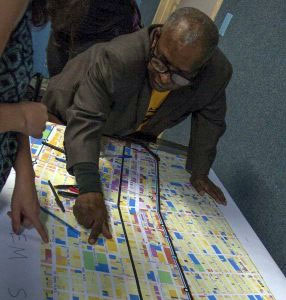
Each year, about 140 pedestrians and cyclists are seriously injured or killed on Atlantic Avenue, according to Transportation Alternatives. The Tri-State Transportation Campaign ranked Atlantic the third-most dangerous street for walking in Brooklyn [PDF], and a poll commissioned last September by TA found that likely Brooklyn voters named Atlantic the worst street for pedestrians in the entire borough [PDF].
With the de Blasio administration's Vision Zero agenda in mind, the Department of City Planning kicked off its transportation study of Atlantic Avenue in June.
DCP has already met with the transportation committees of community boards 2, 3, and 8, which cover the study area between Vanderbilt and Ralph Avenues. Last month, the agency told the CB 2 transportation committee the study should wrap in the spring, with preliminary results scheduled for release in February.
In the meantime, volunteers with TA are asking residents what they want improved along Atlantic. On Saturday, about 30 people attended a presentation [PDF] and walk TA hosted on Atlantic between Classon Avenue and Albany Avenue.
“There’s a misconception that Atlantic Avenue isn’t used by people who aren’t in cars. When you get out there and you’re walking around, you see you’re actually not the only one," said TA volunteer Mela Ottaiano. Although the city made Atlantic the first 25 mph arterial slow zone before the new speed limit is expanded citywide, it remains a high-speed road. "We all know those cars are speeding, because you can hear it," Ottaiano said. "It was really eye-opening for a lot of people."
"There are thousands of people that live on the side streets, and they are crossing Atlantic every day," said Dave "Paco" Abraham, another TA volunteer. In addition to speeding, the group found insufficient lighting, difficult-to-navigate walkways at New York Avenue, and cars parked on the sidewalk.
Members of Community Boards 2 and 8 joined the walk, but there was no one from CB 3. "We reached out to CB 3 to attend the walk. I did not hear back from them," said TA Brooklyn organizer Luke Ohlson. "We would’ve loved for them to come."
In February, CB 3 chair Tremaine Wright dismissed traffic safety as an issue that matters to local residents, and opposition from the board cowed DOT into abandoning a plan for a neighborhood Slow Zone in Bed-Stuy. Wright has not responded to a request for comment about Atlantic Avenue.
Meanwhile, the campaign now has support from 4,174 petition signers, 129 partner organizations, 91 businesses, and City Council members Laurie Cumbo, Brad Lander, and Steve Levin. Advocates hope to move eastward, doing more outreach along Atlantic in Brownsville and East New York soon. They have already secured resolutions from Community Boards 2 and 6 asking for improvements on Atlantic's western end.
"We're not asking for something that's out of the norm of what DOT has proven they can do effectively," Abraham said. "A redesign of Atlantic Avenue -- that’s not a baby step towards Vision Zero. That's a giant leap forward."


